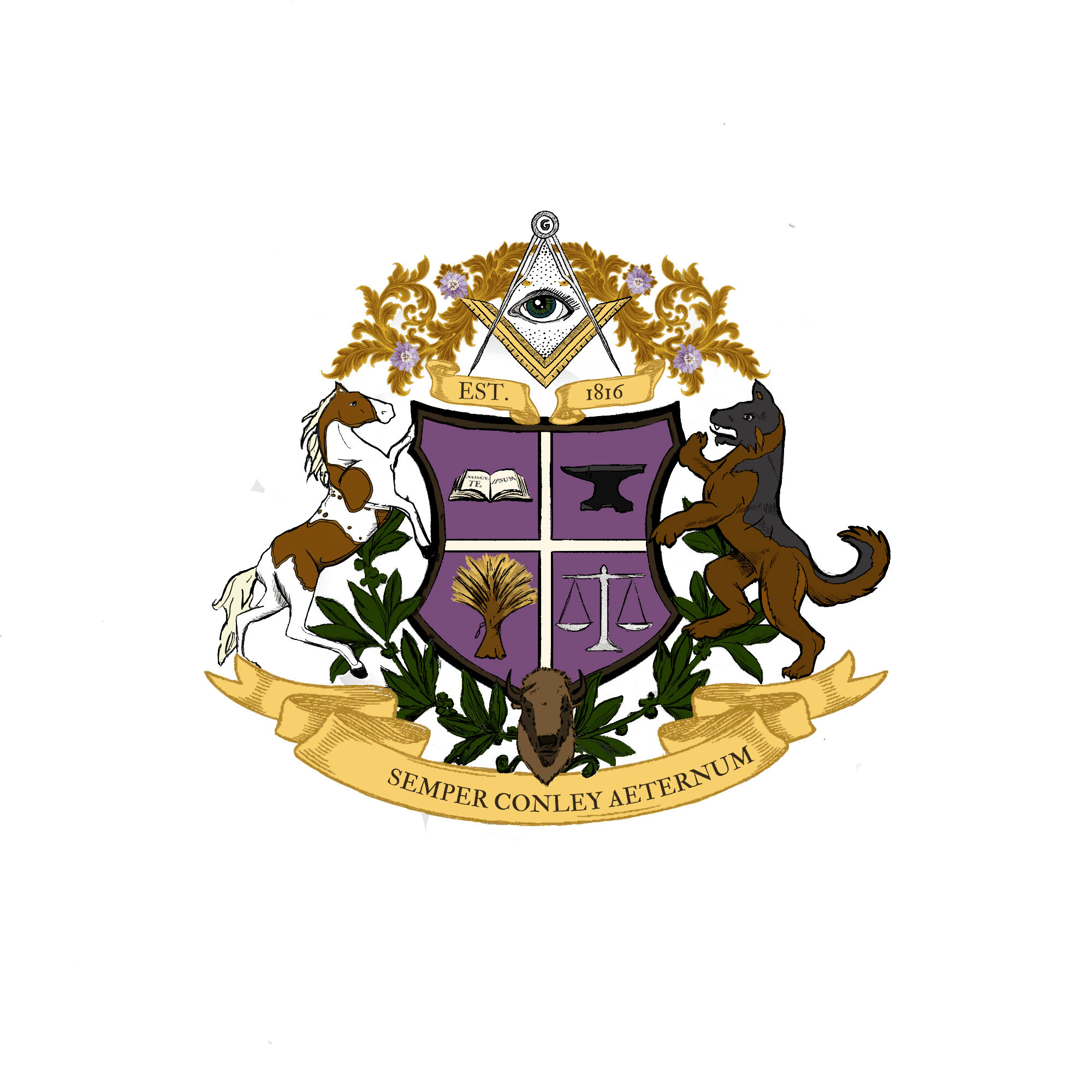CHARLES CAMERON CONLEY (1933-1984)
MATHEMATICIAN
Professor Charles Cameron Conley at MIT, circa 1960.
Charles Cameron Conley was an American intellectual, mathematician, professor, military veteran, and originator of math theorems.
As a mathematician, he created The Conley Index Theory and the Conley–Zehnder theorem, both of which are named for him. The Conley Index Theory is credited with helping to lay the foundations for the Space Exploration. His classical Conley-Zehnder Theorem is fundamental to proving a number of probabilistic theorems about the existence and density of fixed points of symplectic strand diffeomorphisms in dimensions greater than 2.
An inspirational professor, dozens of students were motivated to pursue higher mathematics by his lectures on complex principles.
At left, the iconic Killian Court of MIT where Charles Cameron Conley began his mathematical journey in 1959. © Photo Credit: John Phelan
Above, the Simons Building Completed in time for the 100th anniversary of the original Building 2 in 1916, Home of the Department of Mathematics, and the location of Professor Conley’s office, the Simons Building is part of the "Main Group," that comprised the main MIT campus when it first moved to Cambridge from Boston in 1916. © 2007 Kjetil Ree, some rights reserved
1933 - 1955 THE ORIGINS OF CHARLES CAMERON CONLEY
Charles Cameron Conley was born in 1933, to Charles and Bertha Conley in Royal Oak, Michigan.
He was the only son of six children. He had an uneventful childhood and graduated from Royal Oak High School in 1949.
Young Charles initially enrolled in Wayne State University, then after only one year, joined the enlisted in the United States Air Force. Stationed in the United Kingdom, he served in the military for 5 years before returning to Michigan and Wayne State. He remembered his time in England fondly.
Upon returning to university studies, he earned a BS degree in 1957, and MS degree in 1958. He then enrolled in MIT, earning a PhD in 1961. His genius was revealed in his dissertation. His life and career accelerated rapidly.
Charles Conley served in the U.S. Air Force for 5 years, before completing his undergraduate studies.
EARLY ACADEMIC CAREER (1960-1963)
While at MIT in 1960, Conley’s dissertation advisor, Jürgen Moser moved to The Courant Institute of Mathematical Sciences (commonly known as Courant or CIMS) which is the mathematics research school of New York University (NYU). The prestigious Courant began with Richard Courant , who left Göttingen University in Germany for America, bringing with him methods for mathematical study from one of Germany’s most esteemed institutions.
Conley joined Professor Moser in New York in 1960, while continuing his work towards the PhD from MIT. While in New York preparing for the successful defense of his dissertation, Charles C. Conley met his future wife, Catharine ‘Kit’ Smith. In 1961, Conley began post-doc studies at Courant, extending his work under the Moser’s supervision.
UNIVERSITY OF WISCONSIN ERA
1960-1968
Charles arrived at University of Wisconsin in Madison in the Fall of 1963. By this time, most people called him ‘Charlie’. Charlie came to U Wisconsin-Madison directly from the Courant Institute, where he had been a postdoctoral fellow for two years.
NASA (National Aeronautics and Space Administration) was established four years prior to Charles’ arrival in Wisconsin, and the new space agency quickly identified his work as very useful in the quest to reach the moon. He became an official Consultant to NASA upon his arrival in Wisconsin, in parallel with his academic work. For the next three years, he focused on celestial mechanics, and published widely referenced academic papers on the topic.
He was awarded tenure in 1965, after only two years as an Assistant Professor. He was promoted to full Professor only three years later in 1968.
He earned a great reputation advising his Ph.D. thesis students. His humility and humor won over many graduate students grappling with the most challenging subjects in mathematics. According to one of his students, “He had a natural gift for transmitting his ideas and enthusiasm. . . his students were an integral part of his overall research program.”
GROUNDBREAKING WORK AT M.I.T.
1970 to 1985
By 1971, Conley hit full stride after his appointment to full professor his doctoral alma mater, M.I.T. It was an extraordinary homecoming. His most impactful work was undertaken soon after his return to Cambridge with a little known technical report entitled "The Gradient Structure of a Flow: Part 1'. Professor Conley was so focused (and so humble) that this work was not formally published until 1976.
The work explores fundamental ideas on 'chain recurrence' with a theorem which proved any flow on a compact metric space decomposes into the chain recurrent part and the 'gradient-like' part. His theorem hypothesized that “each of the components of the chain recurrent set is identified to a point, then the resulting flow has a 'Lyapunov function' which decreases along all orbits except the fixed points,” according to his student Professor McGhee. “This result provides the foundation for what he termed the 'Morse decomposition' of a flow,” McGhee added. The Morse decomposition, in turn, laid the foundation for Conley's later work on 'connection matrices' which helped produce complex planning for space exploration.
Conley’s joint work with Edi Zehnder was perhaps the zenith of his career. The duo proved concepts about the number of fixed points of symplectic maps. Professor Conley felt the work proved the need for an infinite-dimensional version of his index.
THE LEGACY OF PROFESSOR CONLEY
Professor Conley was a favorite among his many students at both Wisconsin and M.I.T.
PH.D. THESES DIRECTED BY CHARLES CONLEY
Robert Easton (1967). On the existence of invariant sets inside submanifolds convex to a flow.
David Appleyard (1969). Invariant sets near the collinear Lagrangian points of the nonplanar restricted three-body problem.
Richard McGehee (1969). Some homoclinic orbits for the restricted three-body problem.
Richard Churchill (1971). Algebraic relations between invariant sets and their asymptotic orbits.
David Rod (1971). Pathology of invariant sets in the monkey saddle.
John Montgomery (1972). Some theorems for flows on a compact metric space.
James Selgrade (1973). Isolated invariant sets for linear flows on projective bundles.
Gail.Carpenter (1974). Traveling wave solutions of nerve impulse equations.
Kai-Nan Chueh (1975). On the asymptotic behavior of solutions of semi-linear parabolic partial
differential equations.
Tin-Gun Yung (1975). Isolated invariant sets of semi-flows on compact metric spaces.
Christopher Jones (1979). Spherically symmetric waves of a reaction-diffusion equation.
Henry Kurland (1979). Homotopy invariants of repeller-attractor pairs with application to fast-slow systems.
Richard Moeckel (1980). Orbits near triple collision in the three-body problem.
Robert Franzosa (1984). Index nitrations and connection matrices for partially ordered Morse decompositions.
Konstantin Mischaikow (1985). Homoclinic and heteroclinic orbits for a class of 4-dimensional Hamiltonian systems.
James Reineck (1985). The connection matrix and the classification of flows arising from ecological models.









